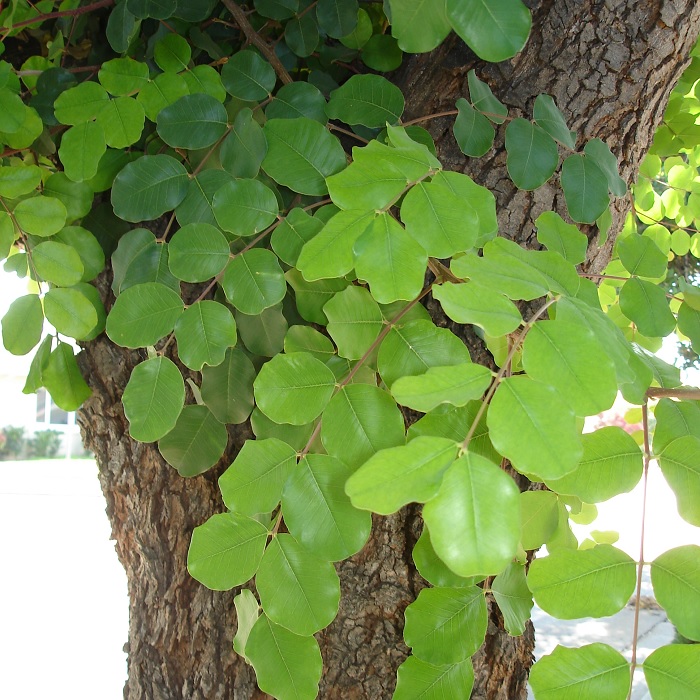UNITED STATES—Arborists are horticulturists who are specialized with the horticulture of trees, which is known as arboriculture. In urban gardening, they are not as familiar as gardeners who mow lawns and tend to the annuals, perennials and shrubbery that are close to the ground; but they should be. The trees that arborists maintain are the most significant features in most landscapes.
Bad annuals or poorly tended lawns can get unsightly, but are not too hazardous. However, a tree can be extremely hazardous if it becomes unstable or develops structural deficiency. Falling trees or limbs are very dangerous, and can cause all sorts of damage to anything within reach. Arboriculture is therefore the most important horticulture in home gardens with trees.
Sadly, many trees are severely damaged by improper pruning, which is often performed by those hired to prune them. Some get pruned too severely, or get pruned in the wrong season. Others do not get pruned aggressively enough. Either way, many get structurally compromised so that they drop limbs as they mature. Some trees get damaged too severely to salvage.
This is precisely why arboriculture should be done by qualified arborists. Unfortunately, finding such an arborist may not be as easy as it would seem to be. The industry is notoriously overrun with ‘hackers,’ who are unfamiliar (and often unconcerned) with what trees need, and how trees respond to improper pruning.
The International Society of Arboriculture, or ISA, certifies arborists who pass an exam of arboricultural expertise. ISA certified arborists maintain their certification with regular involvement with the ISA, which involves arboricutural seminars and classes, as well as networking with other professional arborists. Certified arborists can be found at the website of the ISA at isa-arbor.com.
Highlight: carob
The locusts that John the Baptist ate out in the desert were not grasshoppers. They were the nutritious locust pods of the carob tree, Ceratonia siliqua. Their familiar sweet cocoa flavor was probably fine for a while, but the starchy texture must have gotten dreadfully monotonous. After all these centuries, carob is still grown for food and as a shade tree.
It takes a very long time for a carob tree to get taller than 40 feet. Most are less than 30 feet tall, and not quite as broad. Their rounded canopies are very dense. The stout trunk and limbs are quite sculptural, with variably but handsomely textured bark. The five or six inch long evergreen leaves are pinnately compound, with very glossy round leaflets.
Unfortunately, the big chocolaty pods are abundant enough to be messy if not harvested. Trees that do not produce pods bloom in autumn with seriously stinky male flowers that attract flies for pollination. Some trees are both male and female, so are both messy and stinky. Because carob trees are grown from seed, their gender can not be predicted.
Since they are from the drier regions around the Mediterranean Sea, carob trees really do not crave for much water once they have dispersed their roots. They grow somewhat faster if watered generously a few times through summer, but will survive without it. Too much water will cause buttressed roots that will break nearby concrete.





